
Unveiling Nepal's Bajrayogini Temple: Where Buddhist and Hindu Faiths Converge
September 19, Kathmandu. Bajrayogini Temple is a Tantric Buddhist temple located at sankhu in Nepal's Kathmandu Valley. It is also well known as Bodhisattva's Temple. The temple is actually a sort of temple complex, with the main temple having been built by King Pratap Malla in the sixteenth century. Vajrayogini is a Buddhist tantric deity, she is also conflated with Ugra Tara, a form of the Buddhist dharmapala Ekajati. However, the temple is sacred to both Buddhists and Hindus.
The Bajrayogini Temple is situated roughly 20 kilometres northeast of Kathmandu. The area where it is located is often referred to as Gunbaha, which can be roughly translated from Newari as ‘recreational forest place’. The main temple is a three-story high building, which was obviously carefully constructed with the utmost attention to detail. You will likely find a statue of the goddess Bajrayogini in this temple which will feature a red face with three eyes as well as hands, which have the thumb and middle finger carefully, decorated. Ornaments surround her statue.
Within the legends of Manisaila Mahavadana, Vajrayogini is said to have drained the lake water from the Sankhu Valley with her curved knife. She also appeared before the temple priest Jogdev and instructed King Sankhadev to build the town of Sankhu in the shape of a conch shell. The oldest inscription at Sankhu which dates back to 538 CE attests to this.
The hill top is accessed by a very long carved stone stairway. The entire site is covered richly with Newari architectural metal work, carved wood details, and ancient artifacts. Including a small stupa claimed to pre-date Buddha Shakyamuni.
Bajrayogini Jatra is very famous among local Newar Community so people from the locality gather to observe and celebrate the Bajrayogini Jatra festival each April.
During the Kaligad Sambat in 1801, King Shankhadev created the Shankharapur town, according to history. King Shankhadeva began the Jatra of Bajrayogini from Kaligad Sambat 1818 after founding the village. The Bajrayogini region is also known as the birthplace of the Bajracharyas.


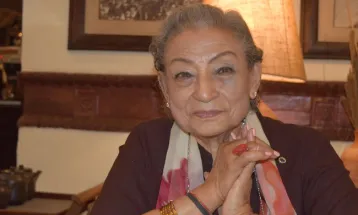
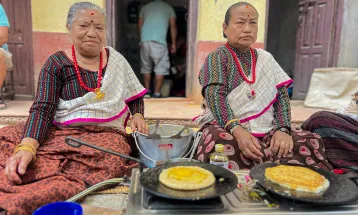
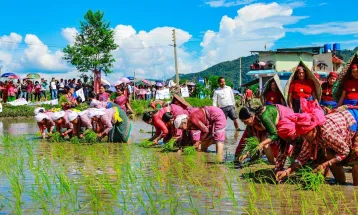
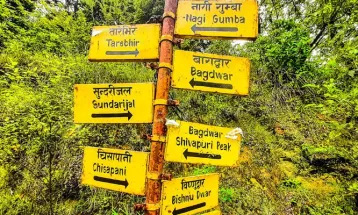


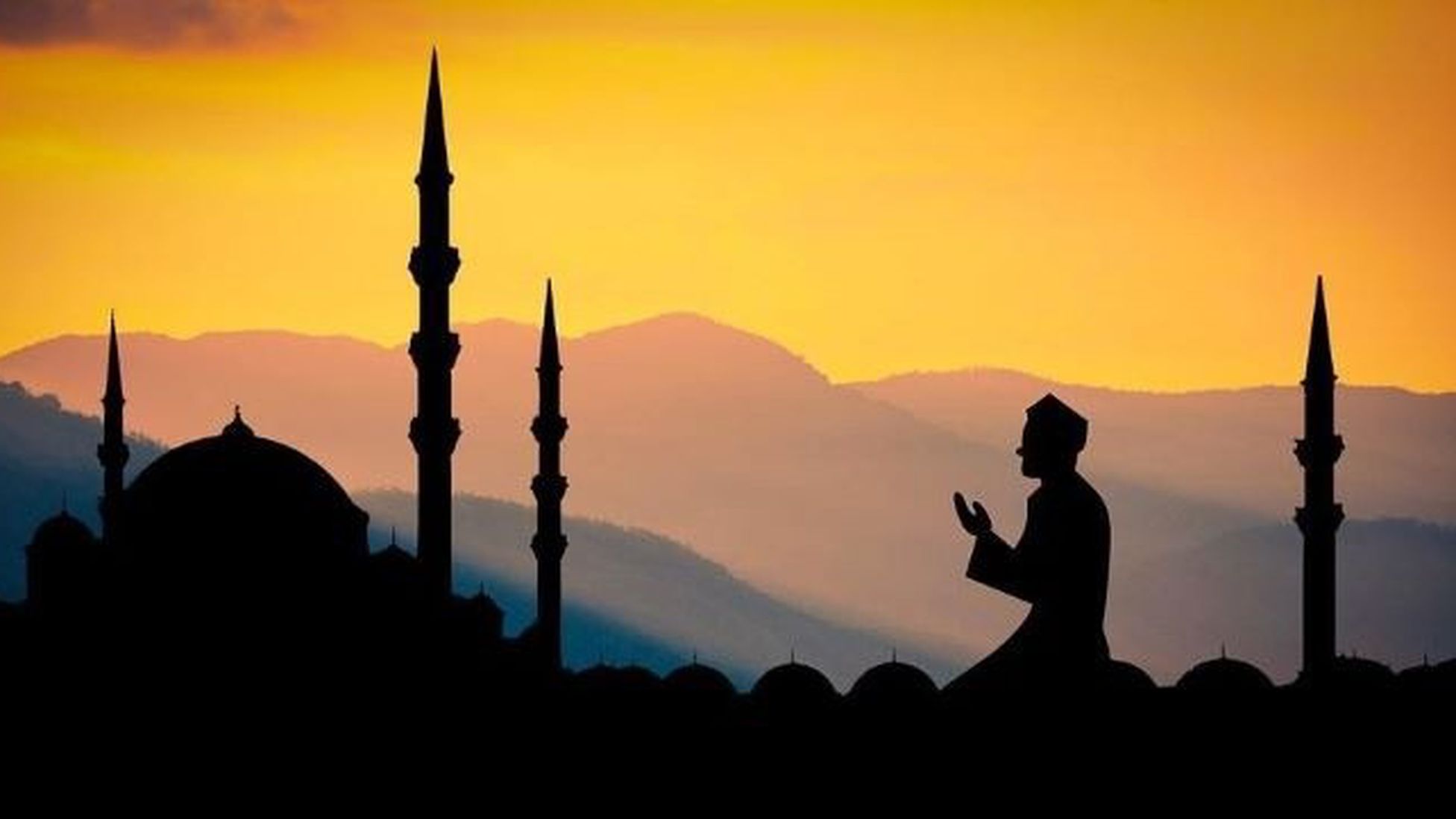
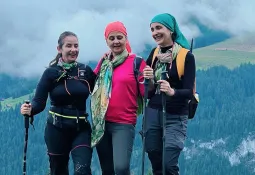
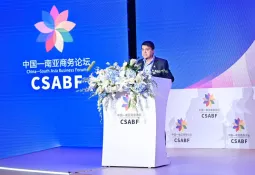

Comment / Rely From